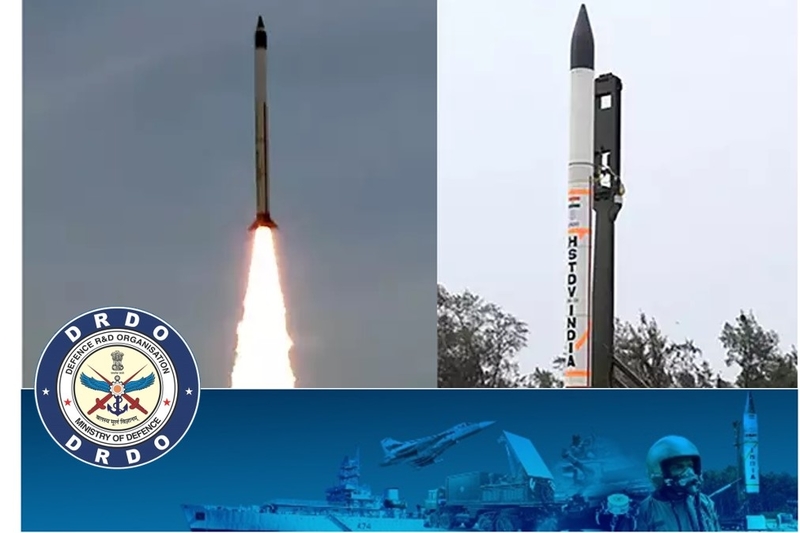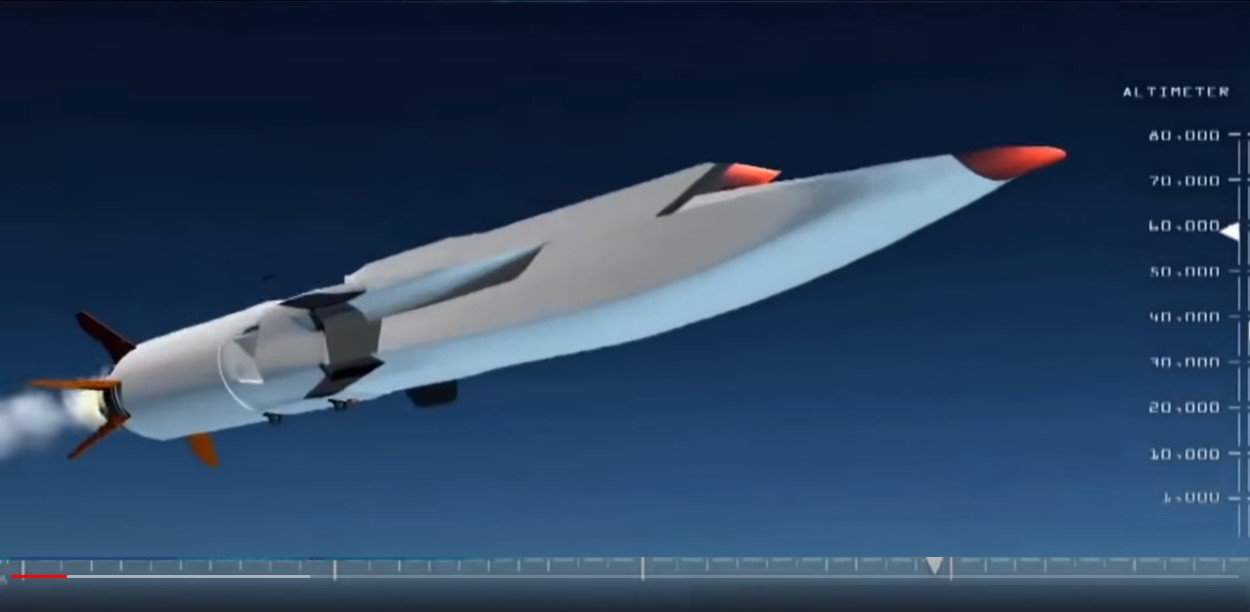
Defence Research and Development Organisation (DRDO) successfully demonstrated its hypersonic air-breathing scramjet technology with the flight test of the Hypersonic Technology Demonstration Vehicle (HSTDV) from Dr APJ Abdul Kalam Launch Complex at Wheeler Island, off the coast of Odisha.
On this successful demonstration, India enters into the hypersonic realm paving the way for advanced hypersonic vehicles.

According to the release, the scramjet engine performed in a text-book manner. The hypersonic cruise vehicle was launched using a proven solid rocket motor which took it to an altitude of 30 kilometres. At this point, aerodynamic heat shields were separated at hypersonic Mach number. The cruise vehicle separated from the launch vehicle and the air intake opened as planned.
Hypersonic combustion was sustained and the cruise vehicle continued on its desired flight path at a velocity of six times the speed of sound (i.e., nearly 02 km/second) for more than 20 seconds. Critical benchmarks like fuel injection and auto ignition of the scramjet demonstrated technological maturity. The scramjet engine functioned smoothly at high dynamic pressure and at very high temperatures.
The parameters of launch and cruise vehicle, including the scramjet engine, was monitored by multiple tracking radars, electro-optical systems and Telemetry Stations. A ship was also deployed in the Bay of Bengal to monitor the performance during the cruise phase of hypersonic vehicle. All the performance parameters have indicated a resounding success of the mission.
With this successful demonstration, many critical technologies such as aerodynamic configuration for hypersonic manoeuvers, use of scramjet propulsion for ignition, sustained combustion at hypersonic flow, thermo-structural characterisation of high-temperature materials and separation mechanism at hypersonic velocities were proven.
Prime Minister, Shri Narendra Modi congratulated the Defence Research and Development Organisation for the successful flight of the Hypersonic Test Demonstration Vehicle.
In a tweet, the Prime Minister said, “Congratulations to DRDO for successful flight of the Hypersonic Test Demonstration Vehicle today. The scramjet engine developed by our scientists helped the flight achieve a speed 6 times the speed of sound! Very few countries have such capability today.”
Defence Minister, Shri Rajnath Singh congratulated DRDO on this landmark achievement. He also spoke to the scientists associated with the project and congratulated them on this great achievement.
Secretary Department of Defence R&D and Chairman DRDO Dr G Satheesh Reddy congratulated all the Scientists, Researchers and other personnel-related with HSTDV mission for their resolute and unwavering efforts towards strengthening Nation’s defence capabilities.
















